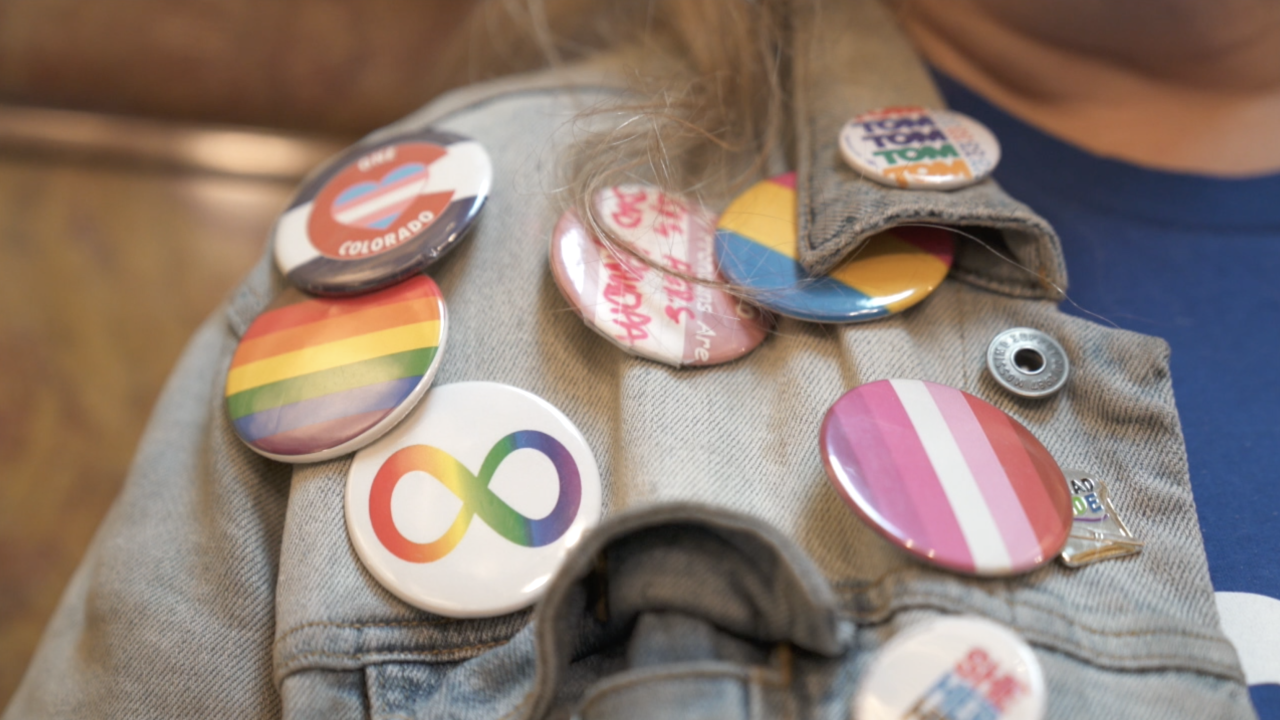Psychology research published this year from universities in Florida and Tennessee shows the LGBTQ+ student experience has evolved in the past decade. Not only have social attitudes toward the community shifted, but school policies are changing to foster a more inclusive environment. However, LGBTQ+ advocates say there's still work that needs to be done.
David Shill grew up going to school in Arizona and Utah.
"I wasn't out to myself," Shill said. "I was very much in the closet, like I hadn't really realized that I was queer."
He says he didn't discover his authentic self until two years ago because he says the schools that he went to didn't support the LGBTQ+ community.
"Some students wanted to get together some support for other queer students," Shill said. "And this is a super, super conservative high school. And I just thought it was the most insane thing."
He says it wasn't until he left home that he progressively became more accepting of the LGBTQ+ community and aware of his own gay identity.
"Opened a whole world," Shill said. "And it felt like I finally got to be human and finally got to be like a person to 100% of my ability."
Now he's on the front lines of trying to instill change so future students can feel comfortable being themselves as they journey through school.
"We're trying to make an LGBT People's Resource Center," Shill said.
LGBTQ+ activist and leadership expert Ash Beckham trains institutions on how to be more inclusive and says there's been a push in the past decade to make schools a place where LGBTQ+ students can thrive by offering resources to staff and administration in addition to students.
"It was maybe more individualized to give them resources that they needed to cope," Beckham said. "And I feel like the change now, at least in the systems and the school practices where it's been most effective, is really a broader understanding that it isn't about the individual LGBTQ student that's still obviously the center and the focus, but really, it's about allyship and building a community where that student can feel like they belong."
Moving forward, Beckham says schools need to include the LGBTQ+ experience in the curriculum.
"Can we highlight that there are people that are not straight white men that are scientists?" Beckham said. "That there are LGBTQ people, that there are people of color. It's that representation. And 'what can my life look like?'"
She says if staff and teachers disclose pronouns, it signals to LGBTQ+ students that they're in a safe space, that they have allies, and the school is willing to have conversations about inclusion.
"The fluidity of gender and sexuality now is certainly different than what I went through high school," Beckham said. "And so I think as staff and administrators, there's a willingness to kind of live in that ambiguity and gray which can be uncomfortable. But that's the best way because you're never going to get ahead of it. You have to be willing to kind of meet that change where it is and and and pivot enough to to be able to expand what you're inclusive inclusion initiatives look like."
Shill says there are many actions schools can do to be more welcoming. Like having private changing stalls and gender-neutral bathrooms in locker rooms.
"The locker room is typically the worst nightmare for gay people because they it's like when you have to be the most in the closet," Shill said.
He also says universities need to consider a more unique housing approach for people who feel uncomfortable living with the same sex.
Both Shill and Beckham understand it's a learning process, but the past 10 years are proof that change can happen.
"I am really hopeful that we'll figure it out," Shill said. "I think it'll go faster if we have good laws coming from the states and the federal government."




